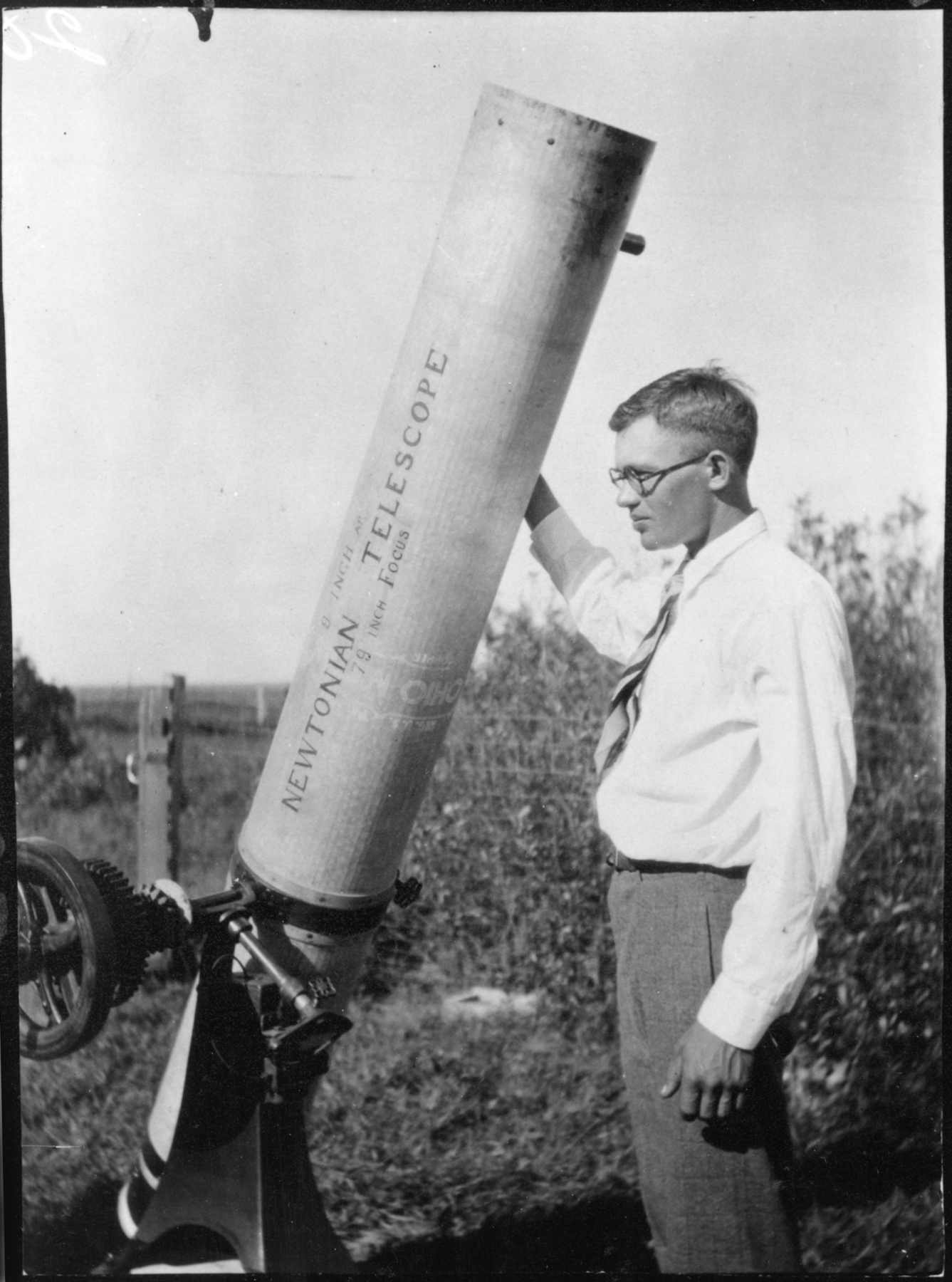MARCH 8, 1772: A French amateur astronomer, Jacques Montaigne, discovers a comet that is followed for one month and that reaches 7th magnitude. Over the next 5½ decades the comet is discovered on two subsequent returns, the latter of these being in 1826 by an Austrian army officer, Wilhelm von Biela, for whom it was eventually named. Comet 3D/Biela, which was “Comet of the Week” three weeks ago, split into two components two decades later and subsequently disintegrated, producing strong displays of the Andromedid meteor shower during the next few “returns.”
MARCH 8, 1986: The Japanese Suisei spacecraft makes a distant flyby of Comet 1P/Halley at a distance of 151,000 km. The history of Comet Halley is the subject of this week’s “Special Topics” presentation, and the 1986 return in particular is this week’s “Comet of the Week.”
MARCH 8, 2003: A team of astronomers led by Olivier Hainaut obtains the final images of Comet 1P/Halley on its 1986 return with the European Southern Observatory’s Very Large Telescope. The comet’s heliocentric distance at the time was 28.1 AU.
MARCH 9, 1986: The Soviet Union’s Vega 2 spacecraft passes 8000 km from Comet 1P/Halley. Vega 2 obtained several images of Halley’s nucleus and aided in navigating the European Space Agency’s Giotto spacecraft to its close Halley flyby five days later.
MARCH 9, 1997: The path of a total solar eclipse crosses northern Mongolia and eastern Siberia. Ground-based observers in Siberia successfully detected Comet Hale-Bopp during totality.
MARCH 10, 1977: Uranus occults the 9th-magnitude star HD 128598 in Libra. Prior to being covered by the planet itself, the star disappeared and reappeared several times, and did so again as the planet was receding, leading to the discovery of at least nine thin rings orbiting the planet. This was one of the first clear examples of physical information about an object being discovered when it occults a background star, which led the way to detailed observations of occultations by asteroids. This subject is covered in more detail in a future “Special Topics” presentation.
MARCH 11, 1986: The Japanese Sakigake mission makes a distant flyby of Comet 1P/Halley at a distance of 7 million km.
MARCH 11, 1998: The IAU’s Central Bureau for Astronomical Telegrams issues IAU Circular 6837, concerning the near-Earth asteroid 1997 XF11 – now designated (35396) – that had been discovered three months earlier and that calculations indicated would be passing extremely close to Earth – 0.00031 AU, or slightly over 6 Earth radii above the surface – in October 2028. Although pre-discovery images from 1990 that were identified the following day moved the 2028 “miss distance” out to 0.006 AU, and even closer future approaches have since been identified, the entire incident demonstrated that very close Earth approaches were taking place, and helped lay the foundation upon which calculations of these events are now performed. This process is discussed in a future “Special Topics” presentation.
MARCH 12, 1932: Eugene Delporte at the Uccle Observatory in Belgium discovers the near-Earth asteroid now known as (1221) Amor. Although it wasn’t the first representative of the group to be discovered, near-Earth asteroids with perihelion distances between 1.0 and 1.3 AU are now called “Amor-type” asteroids. The various groups of near-Earth asteroids are discussed in a previous “Special Topics” presentation.
MARCH 13, 1759: Comet 1P/Halley passes through perihelion at a heliocentric distance of 0.584 AU. The comet’s recovery on this return fulfilled the prediction made in 1705 by Edmond Halley and firmly established that comets are members of the solar system in orbit around the sun. The story of Comet Halley is the subject of this week’s “Special Topics” presentation.

MARCH 13, 1930: The Lowell Observatory in Arizona formally announces the discovery of Pluto by astronomer Clyde Tombaugh three weeks earlier. The story of Pluto is the subject of a future “Special Topics” presentation.
MARCH 14, 1986: The European Space Agency’s Giotto spacecraft passes just 600 km from the nucleus of Comet 1P/Halley, providing the first very clear views of a comet’s nucleus. In addition to the discussions of Comet Halley in this week’s “Special Topics” and “Comet of the Week” presentations, the role of the Giotto encounter in confirming Fred Whipple’s “icy conglomerate” model of a cometary nucleus was discussed in last week’s “Special Topics” presentation.
MARCH 14, 2020: The main-belt asteroid (1428) Mombasa will occult the 7th-magnitude star HD 89239 in Leo. The predicted path of the occultation crosses the east-central U.S., west-central Canada, north-central Alaska, and far northeastern Siberia.
More from Week 11:
Comet of the Week Special Topic Free PDF Download Glossary
Ice and Stone 2020 Home Page


